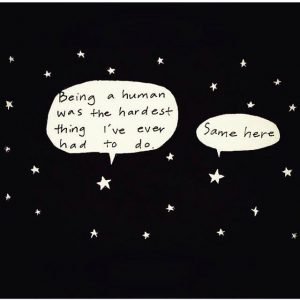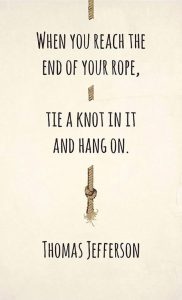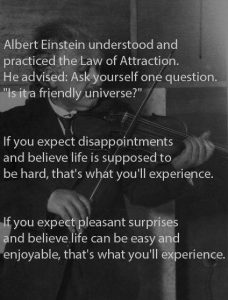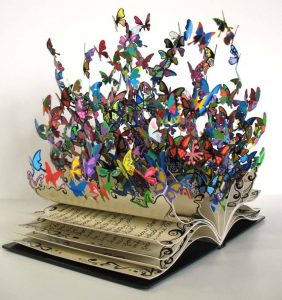Often it’s difficult to figure out what the people around you are saying, what they mean, and why they even brought something up at that particular time. How do you overcome differences and achieve more cohesive balance and communication?
Women and men communicate differently, and often they go about trying to accomplish things differently too. When men and women are trying to approach a situation where it’s potentially volatile subject-matter and they could possibly get in an argument, there are many ways to recognize when these differences come into play, and diffuse a potential MIScommunication.
Georgetown University professor Deborah Tannen was one of the first to reveal social communication differences in various settings. One of her quotes is: “Men grow up in a world in which a conversation is often a contest, either to achieve the upper hand or to prevent other people from pushing them around. For women, however, talking is often a way to exchange confirmation and support.”
The genders also have different ways of viewing project completion. Women have a tendency to ask more questions before working on something, to clarify how to accomplish the task. Men, on the other hand, have more of a tendency to just dive right in without asking any questions. Plus, men generally think that when a woman asks questions she doesn’t know how to do something, when it’s really a matter of improving performance as much as possible. Not only that, when men don’t ask questions before starting a project, women take it as the fact that they must know enough to complete the task – and sometimes that’s not the case at all. So… there are all kinds of ways that differences in perception affect and effect interactions between the genders.
Another one of Deborah Tannen’s quotes is as follows: “We tend to look through language and not realize how much power language has… Each underestimates her own power and overestimates the others’.” When we approach different conversations, we tend to already have a preconceived notion as to what things they might say, and what that will imply. Unfortunately, communication is not always meant for people to read between the lines… I find that often communication is actually said exactly how it’s meant and when the listener tries to read between the lines, it can become overly complicated and argumentative.
Tannen also states that “the biggest mistake is believing there is one right way to listen, to talk, to have a conversation – or a relationship.” People view every interaction through their self-made perceptions of what a conversation is, and what would make it successful or futile. This is problematic, because it builds in trouble and can cause rampant miscommunication.
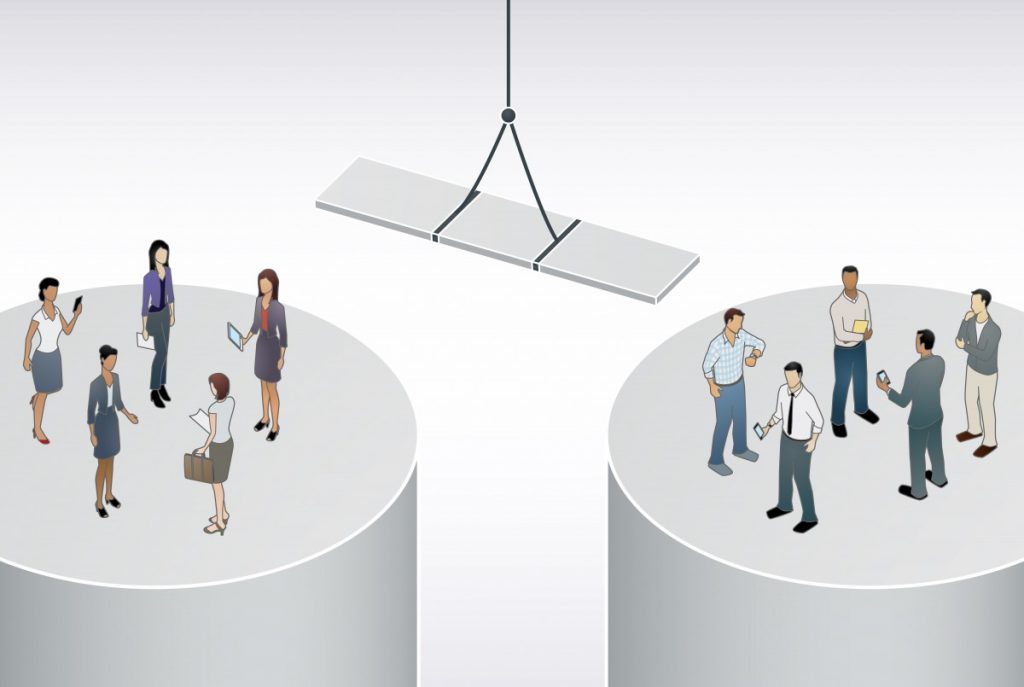
Since each person’s life is a series of conversations, it’s kind of important to work on some of these (otherwise inherent) issues. I’ve noticed in my own life that when I make an effort to bridge the gaps in communication between myself and another woman, or myself and a male that everything goes much more smoothly. It’s actually possible to make the most of the differences, and create better solutions to problems when you put multiple heads together. Not only that, most people are great at manifesting things, and when they work cohesively with others around them to narrow down exactly what they want, things seem to more perfectly fall into place.
So what are a few ways you could start bridging these gaps in your life?
1) Better clarify that you understand a topic, even when you have questions about how best to go about it. Sometimes, maybe just dive in and only ask questions if it’s truly necessary (or do the research yourself). Often, all it takes is an extra statement summarizing the gamut of parts that you DO understand and how most efficiently you CAN do something, in order to garner you the respect you deserve for your problem-solving skills.
2) Be more patient when working through these issues, because generally you have to interact with the same circle of people for extended periods of time. After you break through barriers with certain individuals, you will find it’s much easier to talk to them later and work out future disagreements.
3) When making a presentation in front of a mixed group, recognize that different genders use different types of examples and change your strategy accordingly. Instead of jokes or analogies that would apply to one gender or the other, use gender-neutral analogies. Instead of home-life stories, or comparisons to sports etc, use analogies that involve movies, or nature, or the like. If you do find yourself using a gender-specific analogy, always add a few extra sentences to explain what you mean.
4) Just as you already understand not to put words in someone’s mouth, it’s important to not assume they are on the same page (when they haven’t responded or acknowledged said page), OR think that they surely know what you’re talking about just because they haven’t said otherwise. And sometimes the best idea when you notice a very dumb disagreement is about to get out of hand, is to politely suggest the whole conversation be ended or dropped right then at that moment (without anyone accepting or denying fault).
5) The basic secret medley strategy to communicating effectively with anyone (anywhere) is listening (actually listening – not just waiting to speak) and making an effort to understand their position, as well as articulating what you’re trying to say in the plainest most straight-forward ways possible. And the final piece of this medley strategy is staying calm and composed the whole time. Whenever one person enters a conversation with animosity it’s easy for the other person to pick up on it, so do your best to not be the one that introduces it to the interaction.
Breaking down gender barriers can start NOW, with your efforts in every communication – in your own day-to-day life! I guarantee you’ll notice less fighting and more collaborating.
Happy communicating!
Thanks for joining me today. 🙂
Keep up with me, experienced healer and your blog writer, on fb at facebook.com/coastallilacs .
I’m a Wellness Scientist and healer with over 15 years’ experience.
For 6+ years I’ve been experimenting and healing in a zone where science and metaphysics collide! The unique (and cutting-edge) healing solutions I’ve developed blend wellness science and proven methods, and are backed by alternative therapy and meticulous & ongoing research.
Yours in Calmness,
Reverend Michelle
revmichelle.com



